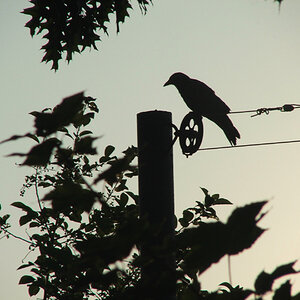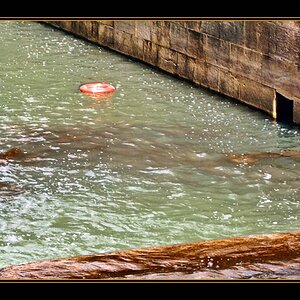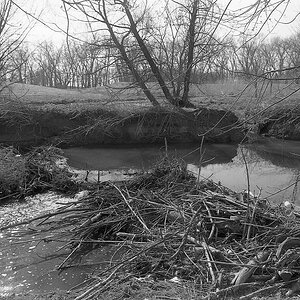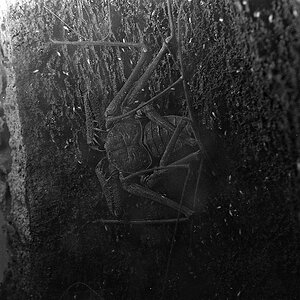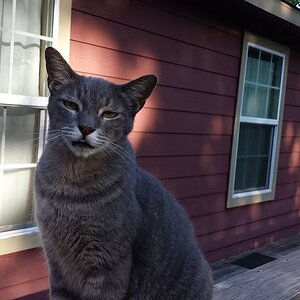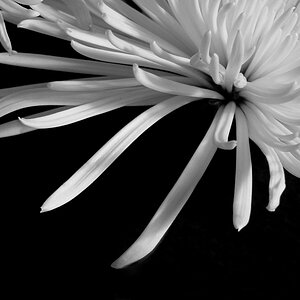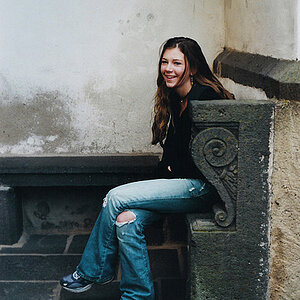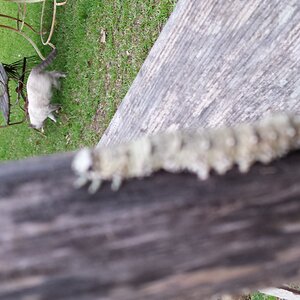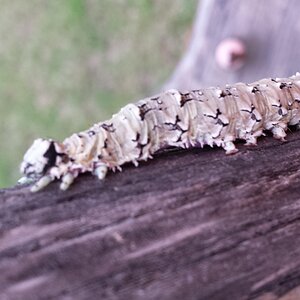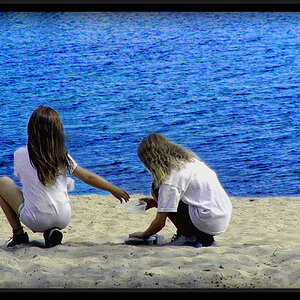Navigation
Install the app
How to install the app on iOS
Follow along with the video below to see how to install our site as a web app on your home screen.

Note: This feature currently requires accessing the site using the built-in Safari browser.
More options
You are using an out of date browser. It may not display this or other websites correctly.
You should upgrade or use an alternative browser.
You should upgrade or use an alternative browser.
Shots of Downtown
- Thread starter Robshoots
- Start date
- Joined
- Nov 3, 2007
- Messages
- 1,951
- Reaction score
- 989
- Location
- BDA Native now in NoVA/D.C.
- Website
- jonobrands.com
- Can others edit my Photos
- Photos NOT OK to edit
Cool stuff, I like the fist couple a lot.
Robshoots
No longer a newbie, moving up!
- Joined
- Jun 23, 2021
- Messages
- 803
- Reaction score
- 1,129
- Can others edit my Photos
- Photos OK to edit
Thank you. They are the best of the bunch.Cool stuff, I like the fist couple a lot.
Robshoots
No longer a newbie, moving up!
- Joined
- Jun 23, 2021
- Messages
- 803
- Reaction score
- 1,129
- Can others edit my Photos
- Photos OK to edit
Thanks very much!Nice set. Like 1 & 2 for the great abstract look you captured.
BadRad
TPF Noob!
- Joined
- Sep 4, 2011
- Messages
- 13
- Reaction score
- 10
Well done, and good progress. Fun stuff. Not sure of your workflow but I might be tempted to convert film to a digital file (is via Epson scanner) and bump the contrast in PS, etc. Otherwise, if memory serves, there are more/less contrasty film developers, and times of development, and of course the Ansel approach of under expose and over develop, etc etc in his iconic books on Film and Print. (He was way ahead of PS.) Maybe not what you were looking for here, but you might have kindled an old interest in this old brain cell. Then there's always shooting in digital, and editing for BW? Your shot of Fox may have that muddy feel but also could be over-baked polarizer or red filter. So maybe reduce either in the edit?I'm working on processing B&W images and think I might be making progress. It seems to be a rather steep learning curve. I'm especially trying to get images with high contrast and know enough now to look for high contrast scenes, so at least that's a start. Comments welcome. Thanks.
1.
View attachment 248924
2.
View attachment 248925
3.
View attachment 248926
4.
View attachment 248927
5.
View attachment 248928
EventArtist
TPF Noob!
- Joined
- Apr 6, 2009
- Messages
- 5
- Reaction score
- 2
To help “see in B&W” remember that tones representing “colors” do not have the same visual contrast as the original colors; that’s where all the (old) “color filters for B&W” help.… when I saw the shots that they would produce the look I was after. I’m still learning how to see in black and white.
• If you are shooting B&W Film, you probably have some of those “Wratten”filters already: various red–orange–yellow (#25/A, #15/G, #8/K2) to darken skies & other blue subject areas or lighten warm-colored subject areas (*like Bricks in the Wall of your Photo-3*), and various green (#11/X1) to lighten foliage, etc.
• If you are shooting Color Digital and “converting” to B&W Digital, you have the same options—with digital instant adjustment feedback—for avoiding having Different-Color Tones becoming essentially Same-Gray Tones.
Robshoots
No longer a newbie, moving up!
- Joined
- Jun 23, 2021
- Messages
- 803
- Reaction score
- 1,129
- Can others edit my Photos
- Photos OK to edit
Thanks for your input. I do shoot digital exclusively; although, I have thought about film now that I’m doing more B&W. It brings back memories of the old Olympus 0M-2 and the darkroom in the closet. I did go back and make some changes to the original posts after receiving advice. Definite improvements.Well done, and good progress. Fun stuff. Not sure of your workflow but I might be tempted to convert film to a digital file (is via Epson scanner) and bump the contrast in PS, etc. Otherwise, if memory serves, there are more/less contrasty film developers, and times of development, and of course the Ansel approach of under expose and over develop, etc etc in his iconic books on Film and Print. (He was way ahead of PS.) Maybe not what you were looking for here, but you might have kindled an old interest in this old brain cell. Then there's always shooting in digital, and editing for BW? Your shot of Fox may have that muddy feel but also could be over-baked polarizer or red filter. So maybe reduce either in the edit?
ParadiseBizz
TPF Noob!
- Joined
- Aug 29, 2021
- Messages
- 15
- Reaction score
- 5
- Location
- Naples, FL
- Website
- www.youtube.com
- Can others edit my Photos
- Photos OK to edit
I would recommend you to work on every single color separately until you're happy with your results. Meaning: with the Hue/Saturation tool you also increase or decrease each color's Lightness.
Once done with your image you can use the Curves tool to adjust for the right contrast - and again you can do this for the entire image as for RGB individual. Hope this helps
Once done with your image you can use the Curves tool to adjust for the right contrast - and again you can do this for the entire image as for RGB individual. Hope this helps
Robshoots
No longer a newbie, moving up!
- Joined
- Jun 23, 2021
- Messages
- 803
- Reaction score
- 1,129
- Can others edit my Photos
- Photos OK to edit
It does. Thank you much.I would recommend you to work on every single color separately until you're happy with your results. Meaning: with the Hue/Saturation tool you also increase or decrease each color's Lightness.
Once done with your image you can use the Curves tool to adjust for the right contrast - and again you can do this for the entire image as for RGB individual. Hope this helps
Similar threads
- Replies
- 4
- Views
- 384

